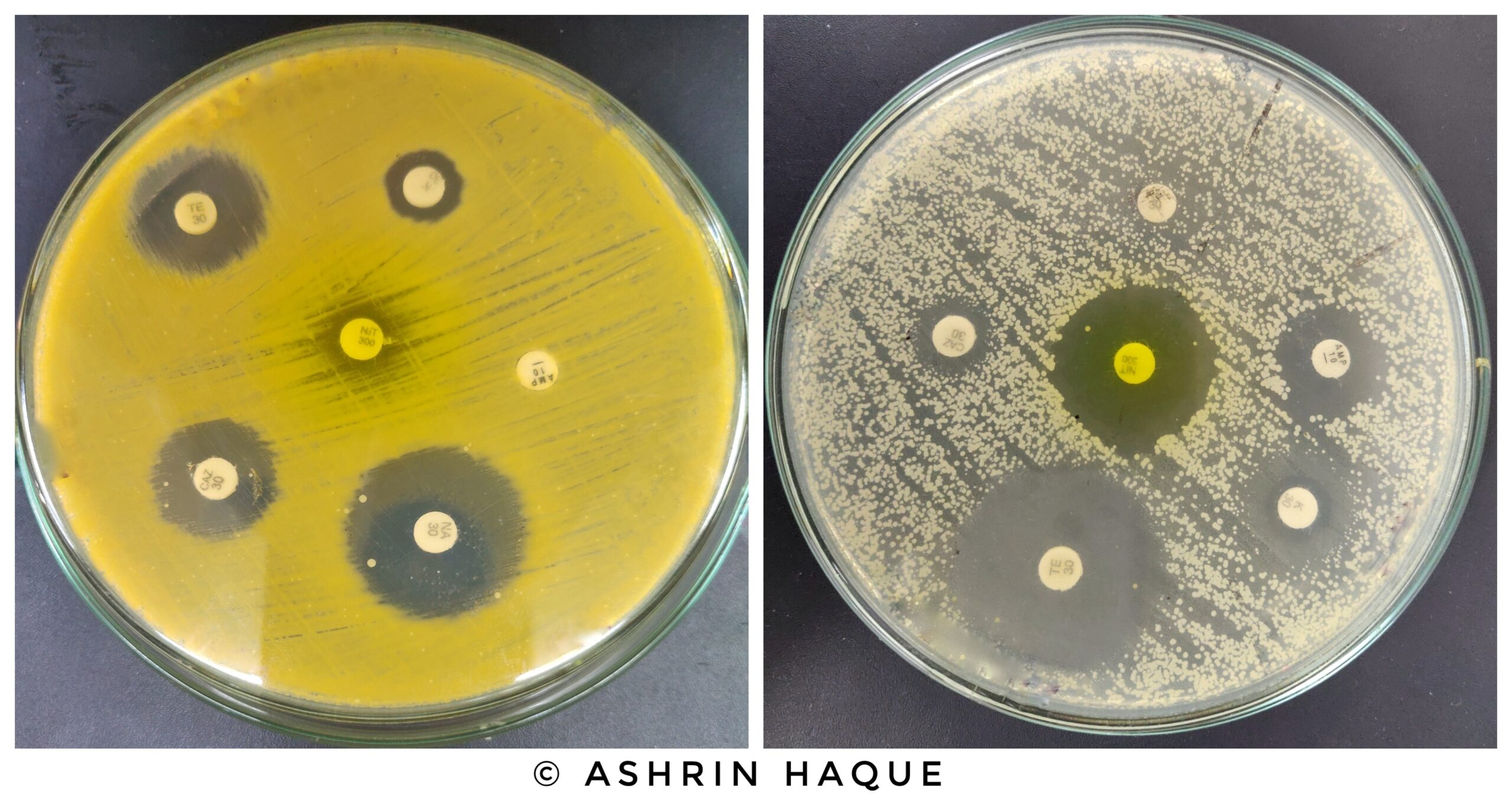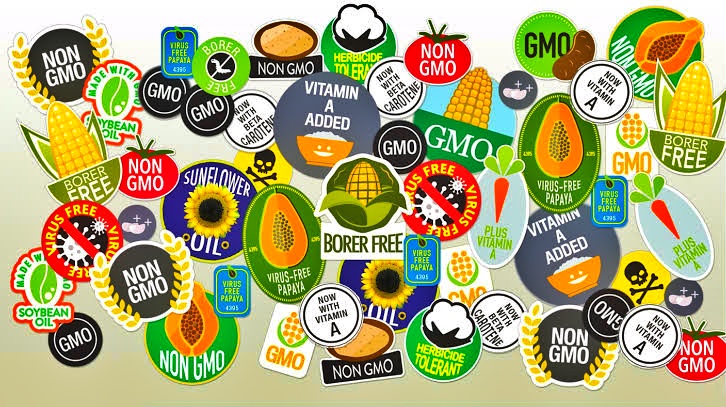Frozen baby or embryo freezing is a cryopreservation process by which embryos are frozen for a pregnancy in the future. It is a process where embryos are being preserved at a sub-zero temperature at the embryogenesis stage. In recent times embryo freezing is a well-established method that is frequently used in conjunction with in vitro fertilization (IVF). One of the main goals of embryo freezing is to enhance a couple’s fertility potential (Embryo cryopreservation,2019 ). During IVF cycle, which is a process of fertilization where an egg is combined with sperm outside the body in vitro where resulting embryos are cultured and require most often 5 to 6 days in IVF lab, that allows embryos to develop to a blastocyst stage that normally occurs in the uterus during normal reproduction. Then one or two embryos can be transferred into the patient’s uterus but the remaining good standard of embryos are frozen by the following a method called vitrification. In the vitrification process, a high concentration of cryoprotective agents is used which dehydrate and solidify the embryo before the formation of ice crystal. After the brief exposure to vitrification solution, the embryo is deep into the liquid nitrogen that brings the temperature of the embryo to -320 degrees Fahrenheit. During this temperature the capability of the embryo is a halt in time, as a result, the biological activity stops within the embryo as a result it’s preventing the changes such as cell growth or death. The technique of cryopreservation ensures longevity for an indefinite period of time. (Embryo freezing l Loma Linda University center for fertility.2017)
Zoe Leyland was born on 28 March 1984 in Melbourne, Australia, with the assistance of Drs Trounson and Wood, who made medical history. Zoe’s parents — her mother, a 33-year-old New Zealander, and her father, a 38-year-old British-born Australian resident – made the decision to try ‘test tube’ fertilization and embryo storage. Her mother was stimulated hormonally and produced eleven eggs, which were frozen in a then-new type of controlled rate freezer manufactured by Planer plc. Zoe was born from one of those frozen embryos and weighed approximately 5 lbs or 2.5 kilos. Louise Brown was the world’s first ‘fresh’ test-tube baby, born in England in 1978, but Zoe was created using an embryo that was frozen for a period of time before being thawed and implanted. To enable cells to survive liquid nitrogen temperatures (-196°C), the embryos had to be cryoprotected and then gently frozen down in the Planer freezer using several temperature ramps before being stored in liquid nitrogen. (Weule, 2018)
So, it can be said that experiment has significant importance in the modern era. By using this technique multiple pregnancies can be avoided. It can be used to store the good quality surplus of embryos for later use. It also provides a chance to detect infectious diseases and genetic abnormalities by following screening and analysis. Many women cannot become pregnant due to infertility issues and can use these frozen embryos to have babies. According to the National Embryo Donation Academy, there were approximately 500,000 embryos in storage in the United States in 2011. Moreover, 805,500 women were diagnosed with cancer where 10% of them are below 45 years old. The fertility of the survivors who underwent cancer treatment such as radiotherapy, chemotherapy is impaired by such kinds of treatments. Thus it is possible to reserve the cancer survivor fertility before cancer treatment by cryopreserving their embryos (Zhang et al, 2015)
References
- Embryo cryopreservation.(n.d). Cleveland Clinic. Available at: https://my.clevelandclinic.org/health/treatments/15464-embryo-cryopreservation#:~:text=Embryo%20cryopreservation%20is%20the%20process,face%20of%20certain%20medical%20treatments. [Accessed February 2, 2022].
- Embryo Freezing | Loma Linda University Center for Fertility. (2017, February 14). Loma Linda University Center for Fertility & IVF.
- Weule, G. (2018, July 24). First IVF baby’s 40th birthday: How a tiny girl changed science and the world. ABC News. https://www.abc.net.au/news/science/2018-07-25/first-ivf-baby-louise-joy-brown-turns-40/10017032
- Zhang, L., Yan, L. Y., Zhi, X., Yan, J., & Qiao, J. (2015). Female fertility: is it safe to” freeze?”. Chinese medical journal, 128(03), 390-397.
“Since the article has been written to reflect the actual views and capabilities of the author(s), they are not revised for content and only lightly edited to be confirmed with the Learn life sciences style guidelines.”










I always was concerned in this subject and stock still am, appreciate it for putting up.
You made some decent points there. I looked on the internet for the topic and found most people will agree with your blog.
Hey! I could have sworn I’ve been to this site before but after browsing through some of the post I realized it’s new to me. Nonetheless, I’m definitely delighted I found it and I’ll be book-marking and checking back often!
Very informative post.Really looking forward to read more. Fantastic.
I wonder if there is any possibility of placing the now defunct Australian Science Teachers’ Journal online in a digital form? It contained many useful articles which are no longer accessible to science teachers except through university libraries.
Your article helped me a lot, is there any more related content? Thanks!